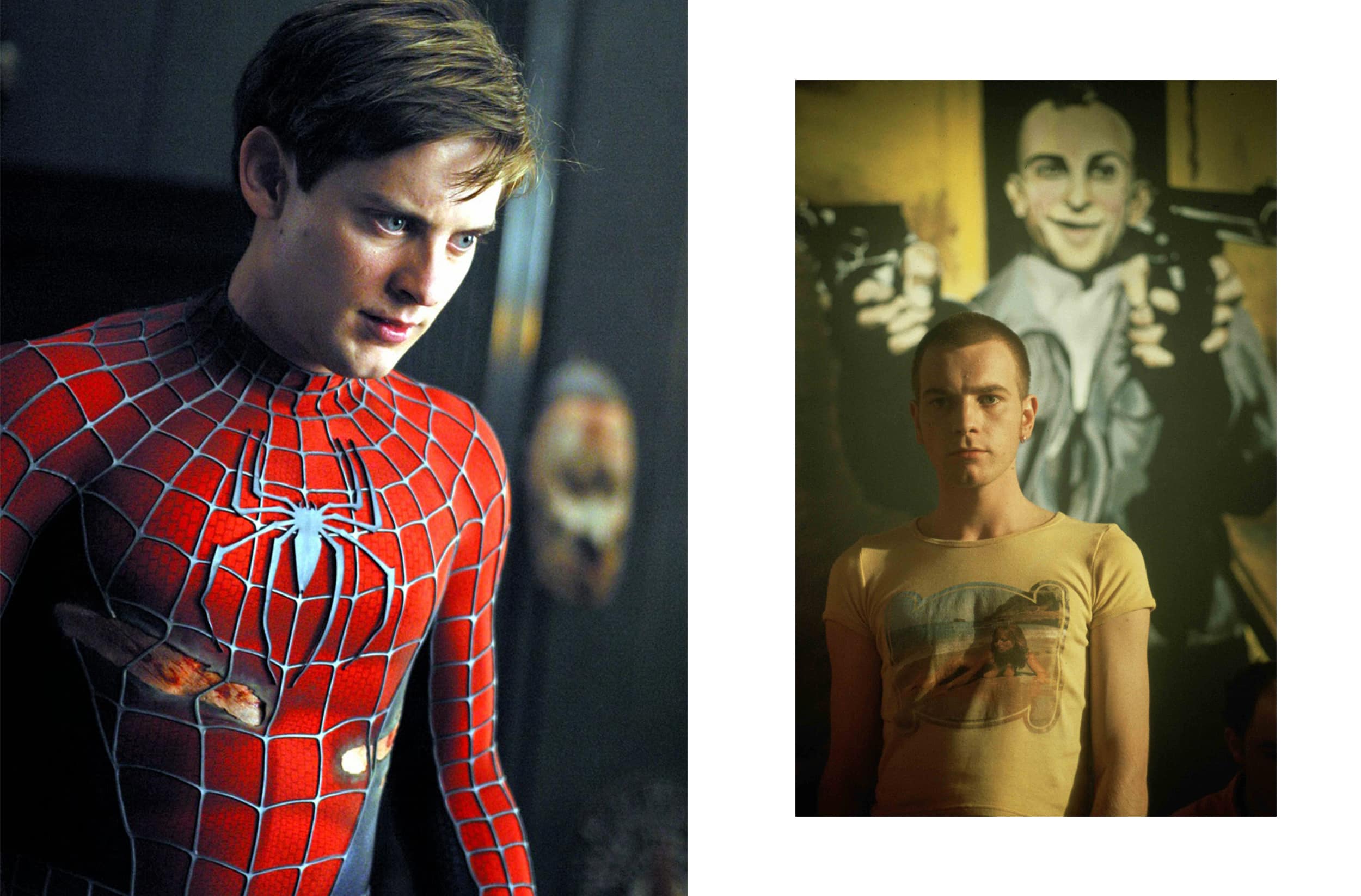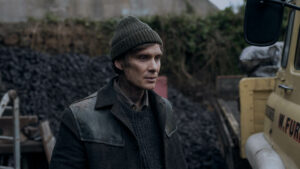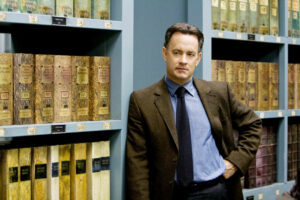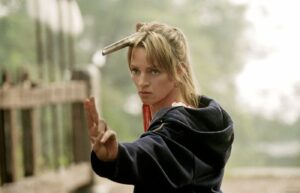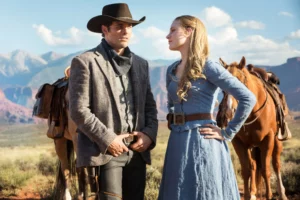In a time where revolutions are a daily occurrence, especially on the social level, a reflection upon groundbreakings in cinema might be pretty spot on. The ongoing and never stopping changes that the world’s mentalities and social fabric are undergoing, prove the groundbreaking power that daring actions can have because no revolution can ever take place without daring and without upsetting the preconstructed, sometimes obsolete, conventional order of things. The same goes for cinema, which is, after all, a community network as much as society is, with its own historical traditions and unspoken rules.
This collection of groundbreaking movies involves pioneering works that changed the way of making films, paving the way for future filmmakers: between progenitors of new genres, first-timers in tackling never-tackled themes on the big screen, champions of technological achievements, and taboo-breakers, this list gathers the best examples of the importance of “breaking grounds” in art (and in life). How would anything and anyone possibly evolve without change, after all?
NEW Genres
“The Birth of a Nation” (1915)
The First Narrative Movie
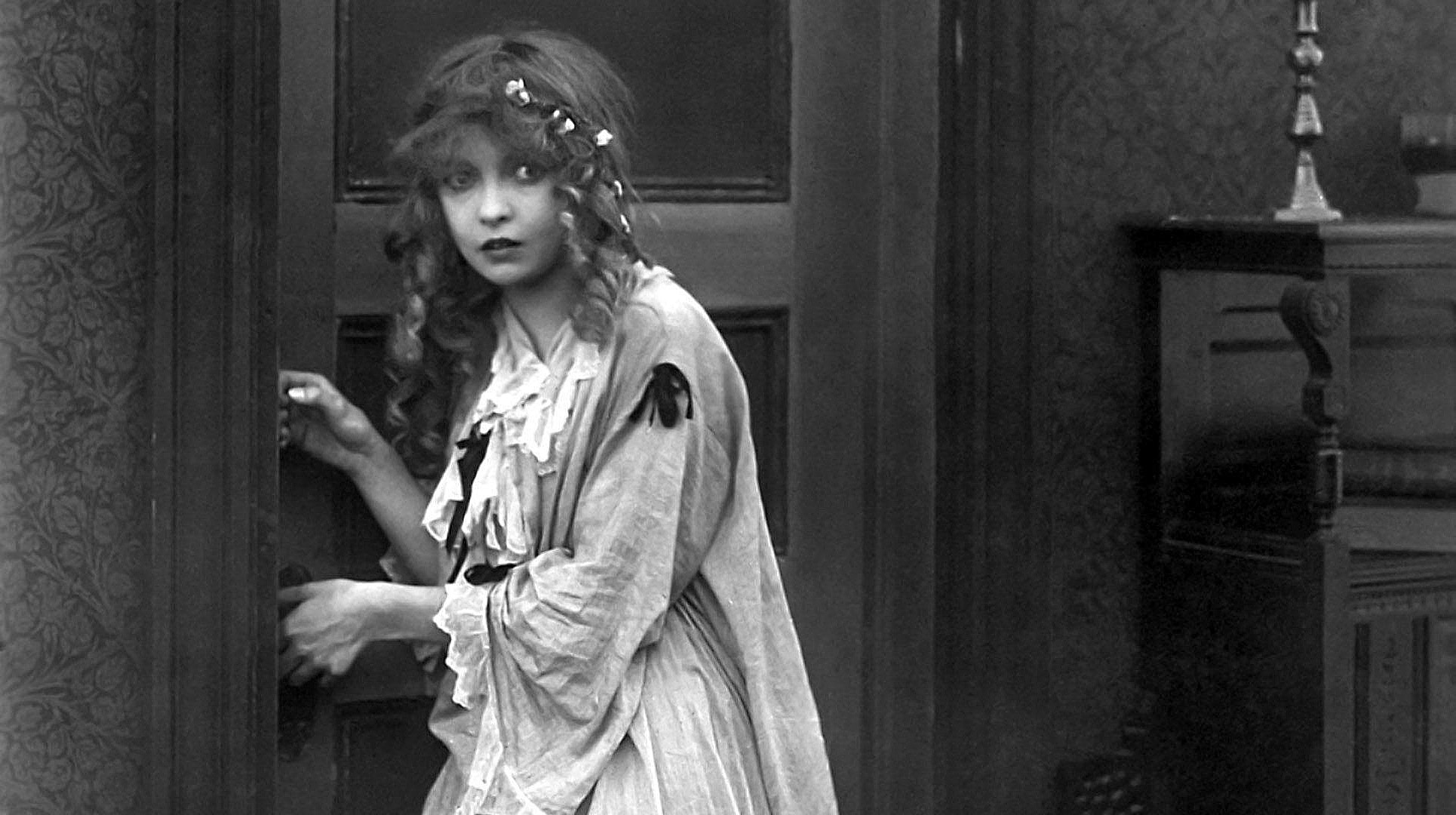
A crucial point of reference in the development of the cinematographic technique and style, with its unprecedented use of dramatic devices, suspense, and silence as means of expression, “The Birth of a Nation” is the first narrative movie in the history of cinema has ever had. Written and directed by David Wark Griffith, and based on the novel “The Clansman. An Historical Romance of the Ku Klux Klan” by Thomas Dixon Jr, the silent movie is set at the time of the American Civil War and follows the family and friendship dynamics of two clans in contrast with each other: the Stonemans, Northerners, and the Camerons, Southerners. This is the first time that the mere tale of events (in other words, the screenplay of narrative) holds a crucial value within a movie, therefore featuring believable narratives and actors delivering dialogues and actions in a realistic way.
“Star Wars” (1977)
The First Science Fantasy Movie
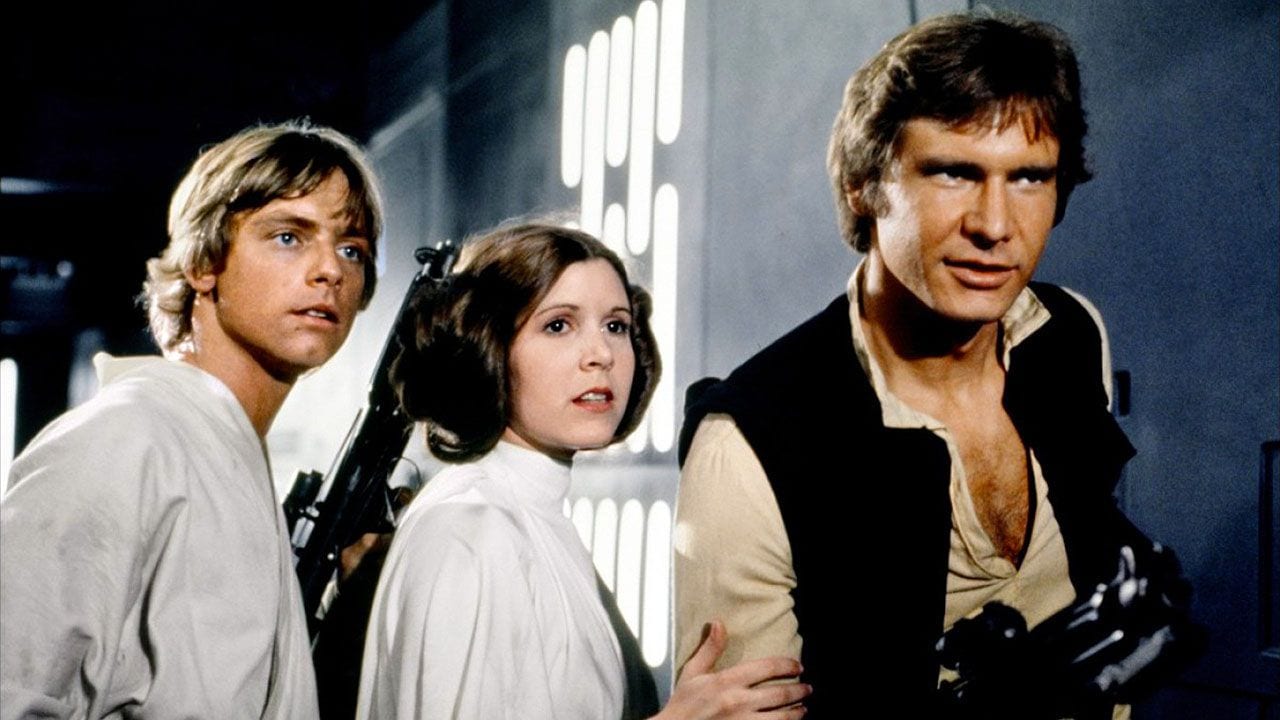
George Lucas’ first chapter of the most famous sci-fi saga in the world (also known as “Star Wars: Episode IV – A New Hope”) redefined the science fiction realm. Not only for the enormousness of its scale and scope, with rich fantastical settings, intricate hand-to-hand (or sword-to-sward) fights, giant space battles, but also for the unique universe that originated with it, an almost materialized dimension occupied by people and creatures that felt (and still feel) real. The main groundbreaking element of this movie, though, is the unprecedented way its plot and places merge the classical outer space setting with mythology, western, war epic, and samurai themes, with visual effects and fast-paced actions offering the viewers a never-before-seen totally immersive experience.
“Pulp Fiction” (1994)
The First Post-Modern Movie
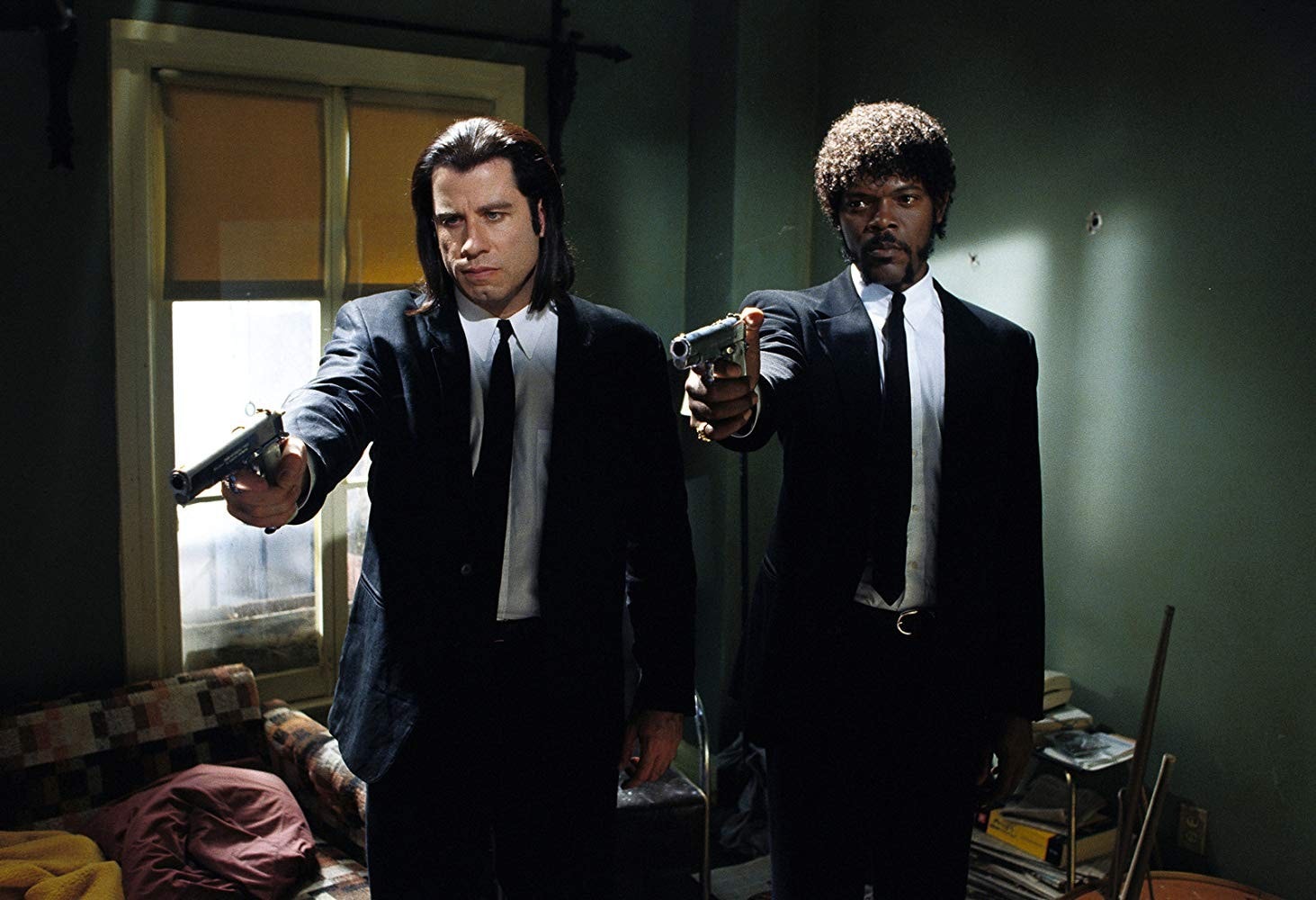
Written and directed by Quentin Tarantino, starring John Travolta, Samuel L. Jackson, Uma Thurman, and Bruce Willis, this cult is the first post-modern blockbuster in the art of cinema. Following the four intertwined stories of a couple of punks plotting a robbery in a diner, two killers who choose that same diner to have a meal, the cocaine-victim wife of a boss, and a boxer appropriating money that shouldn’t be his, it becomes the first film fully, expressing with no filters, the spirit and culture of the young generations from the 80s on, that is their hedonistic and materialistic attitude. In addition to that, Tarantino’s masterpiece is post-modern in its many references to other films and myths of popular culture, like “Saturday Night Fever,” “Bande à Part,” “The Seven Year Itch,” and many comics and pop art icons, plus its lack of morality and playful exaggerations, especially in the dialogues between the main characters: all of this to restate the power of fiction over realism.
NEW Themes
“Ecstasy” (1933)
The First Sex Scene
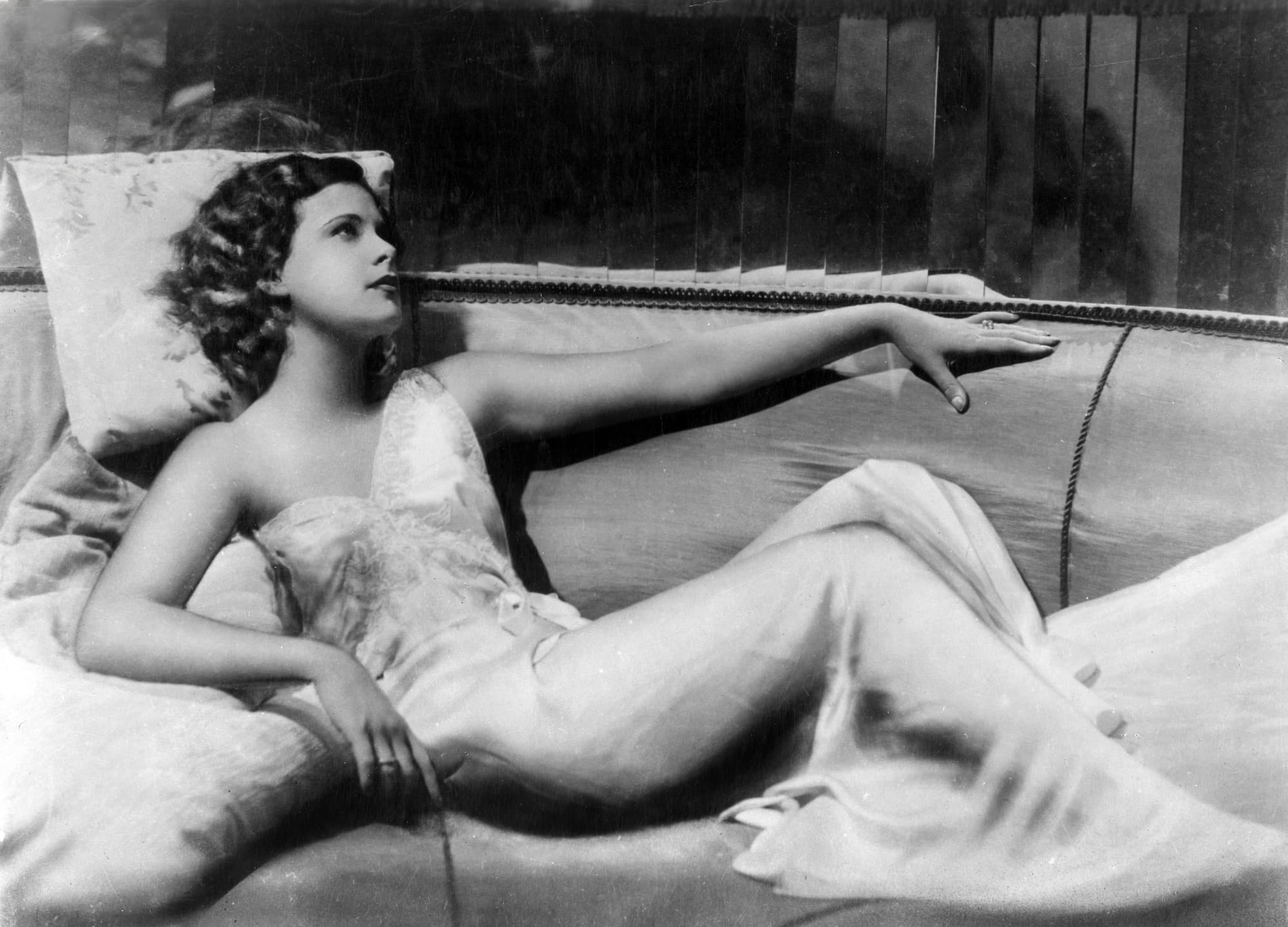
Even though there had been nudity in movies before this, sexual intercourse had actually never been shown on the screen before. This Czech romantic drama directed by Gustav Machatý, follows a young woman (Hedy Lamarr), unhappily married to a rich, older man (Zvonimir Rogoz), who has an affair with a virile engineer (Aribert Mog) portraying female orgasm for the first time (although we can never see more than the actors’ faces), the movie was a pioneer in the non-pornographic movie industry, paving the way for what’s now customary in moviemaking.
“The Graduate” (1967)
The First “Reversed” Age-Gapped Love
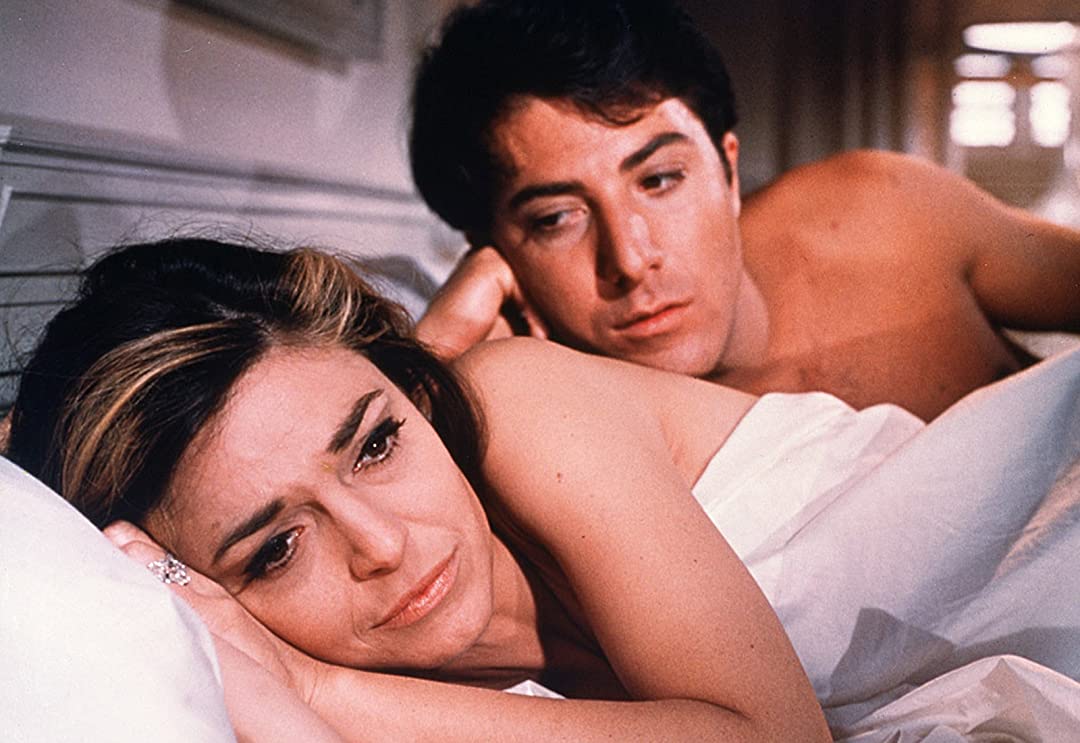
Directed by Mike Nichols and based on the novel of the same name by Charles Webb, it’s the first movie about an awkward, clumsy male character who falls in love with a “predatory” older woman, breaking the cliché dynamic of the virile male hero conquering the heart of younger, innocent girls. In other words, the stereotypical roles, in this romantic movie, are reversed, with Mrs. Robinson (Anne Bancroft) seducing younger and unexpert Benjamin (Dustin Hoffman). Breaking one of the prejudices linked to romantic relationships, Nichols’ Oscar-winning film encouraged filmmakers to tell what had been kept in the shadows until then.
“Spider-Man” (2002)
The First “Human” Superhero
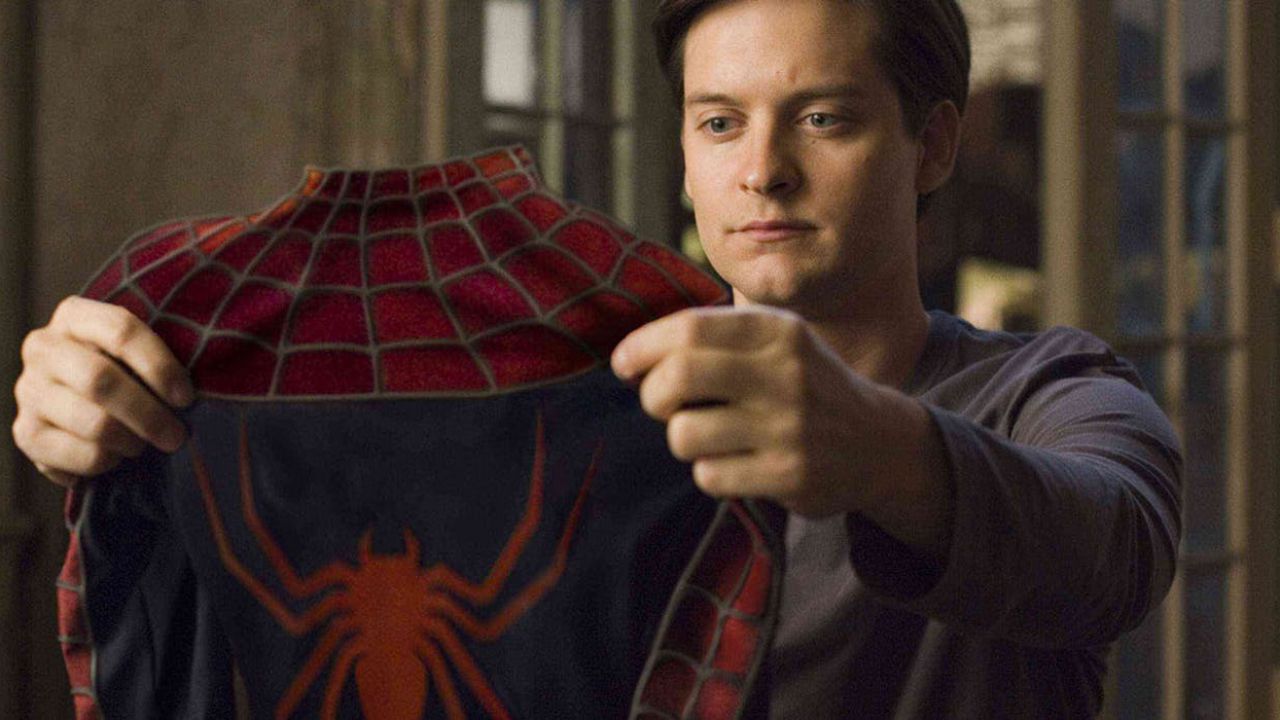
The portrayal of superheroes is one of the most immediate mirrors of the cultural state of society, as it changes and develops together with habits and customs. If in the late ‘70s, “Superman” upheld the values of greatness and respectability, and in the early 2000s, the Batman from “Batman Begins” embodied a darker and grittier nature, Sam Raimi’s Spider-Man is an out-of-the-ordinary superhero who exposes, beneath his powers, a human person we can relate to and empathize with. Spider-Man is an outcast teenage boy both blessed and cursed by his extraordinary powers: he’s Peter Parker (played by Tobey Maguire), a real character who doesn’t hide his emotions and weaknesses, not even when he’s fighting crime to protect the people from New York City.
NEW Tech
“Julia and Julia” (1987)
The First Digitally-Shot Feature Film
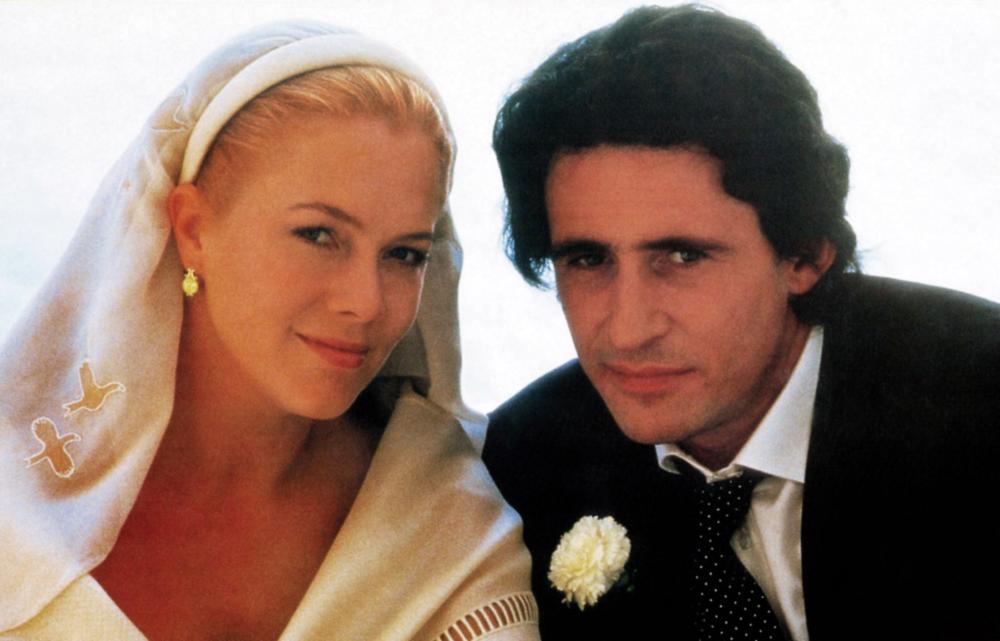
The Italian drama directed by Peter Del Monte is mainly set in the city of Trieste, where a young American woman named Julia (Kathleen Turner) loses her husband Paolo (Gabriel Byrne) in a tragic car accident. Six years later, Julia inexplicably finds herself living a doubled life in two different worlds: in one word, she’s still grieving her dead husband, in the other one, Paolo is still alive, they have a five-year-old son, and she’s having an affair with a British man named Daniel (Sting). This supernatural story was the very first to be told on screen in a revolutionary feature film entirely shot using the Sony HDVS wideband analog high-definition video technique.
“Toy Story” (1995)
The First Entirely Computer-Animated Film
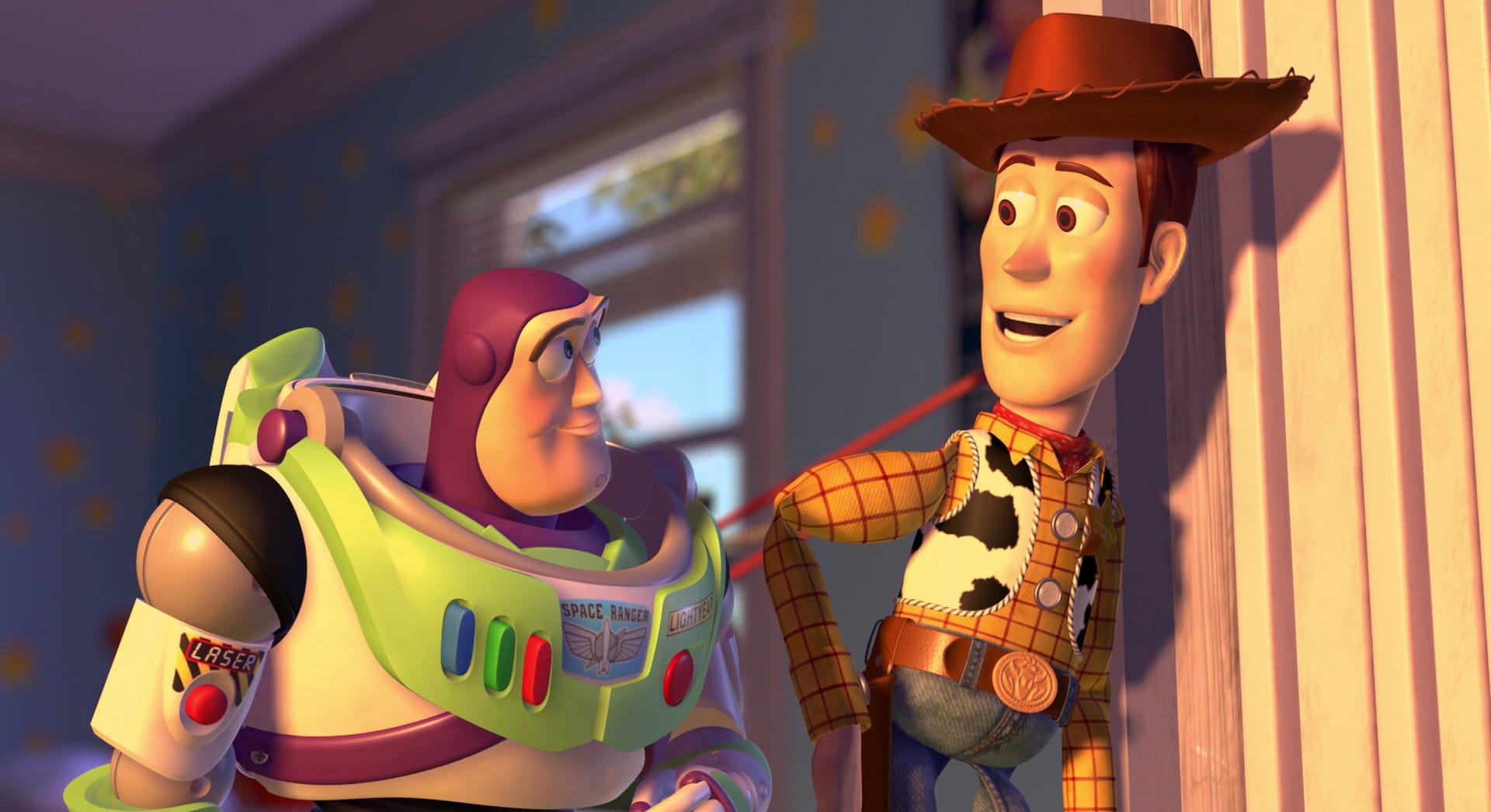
This animated comedy by John Lasseter was the first movie ever to give up traditional animation and experiment with technology, animating CGI characters onto a drawn background and vice versa. This innovative technique was used to tell the touching and engaging story of a group of anthropomorphic toys coming to life in a world where humans are not present, with a special focus on the relationship between an old-fashioned cowboy doll named Woody and the astronaut action figure Buzz Lightyear: a world of possibilities opened up for animation studios, with the revolutionary CGI cutting costs and time.
“The Lord of The Rings” (2001-2003)
Gollum, The First Movie Character Entirely Made in CGI
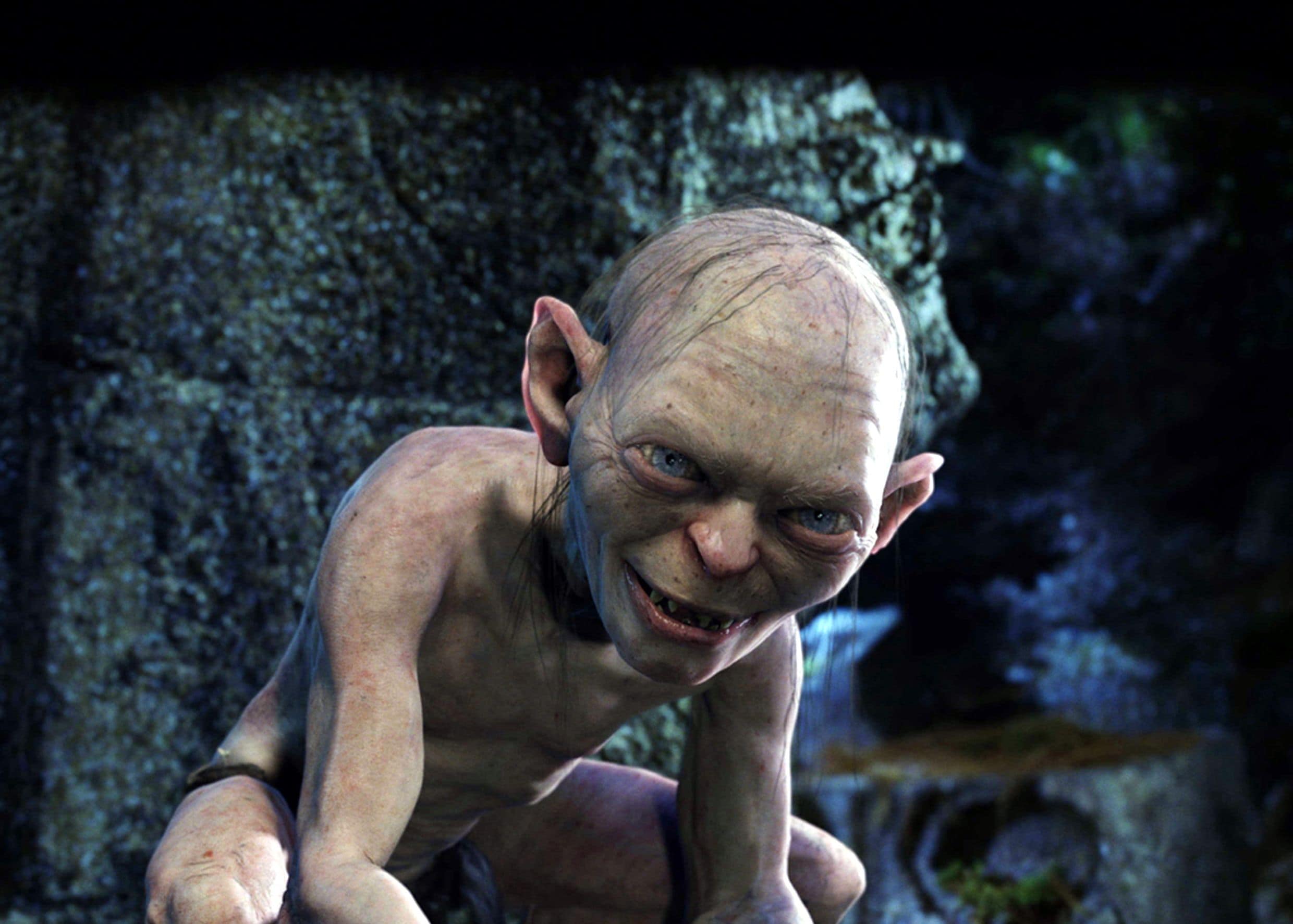
The film adaptations of J.R.R. Tolkien’s novels are one of the first and perfect examples of the revolutionary results that the marriage of technology and artistry can bring. No one had ever created a believable CGI character mixed with live-action before Gollum, the monstrous creature living in an underground lake at the roots of the Misty Mountains of Middle-earth. Played by Andy Serkins and brought to life by Weta Digital, the skinny Gollum is a true CGI masterpiece, marking the beginning of something huge for animated technology in movies. To create the little monster, Serkins wore a tight grey unitard and little sensors all over his face and body to capture his facial expressions and body movements then replicated in 3D models by the computer. This revolutionary technology paved the way for many more CGI successes like “Avatar,” “Rise of the Planet of the Apes,” and many more digital products.
OLD Taboos
“Bonnie and Clyde” (1967)
The Ruthless Display of Violence
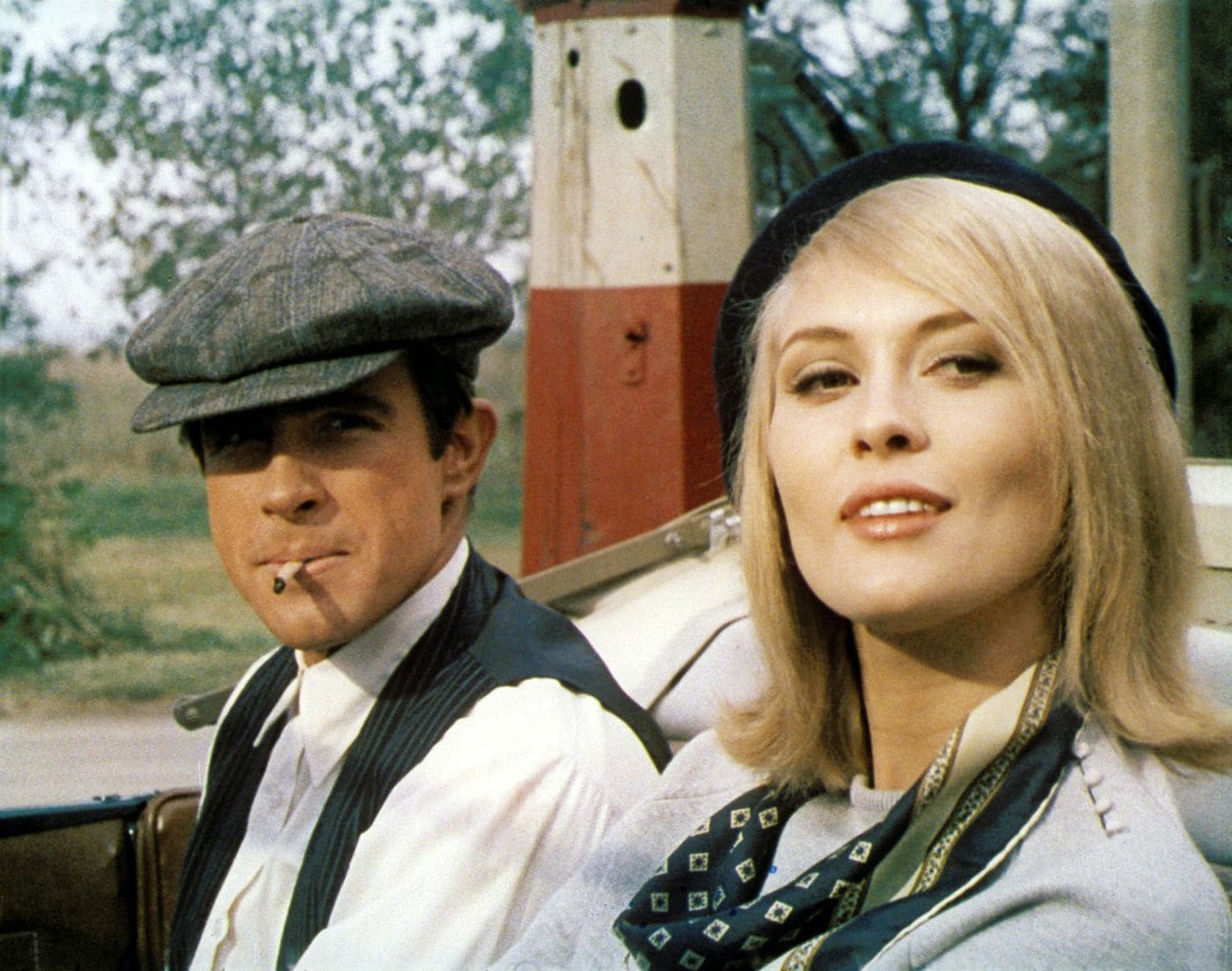
Arthur Penn directed one of the first Hollywood gangster stories, which focuses on young Clyde Barrow, fresh out of jail, and small-town girl Bonnie Parker, joining forces in a series of robberies that will soon lead to much more serious criminal actions. Inspired by the real-life story of the American criminal couple Bonnie and Clyde, this movie is the first crime drama to almost sympathize with crime, sometimes condemning it, other times just pitying it and glamourizing it, nonchalantly mixing it with romance. This cult paved the way for other filmmakers to be more open in showing harshness and violence in their works.
“The Boys in the Band” (1970)
Gay Romance on the Big Screen
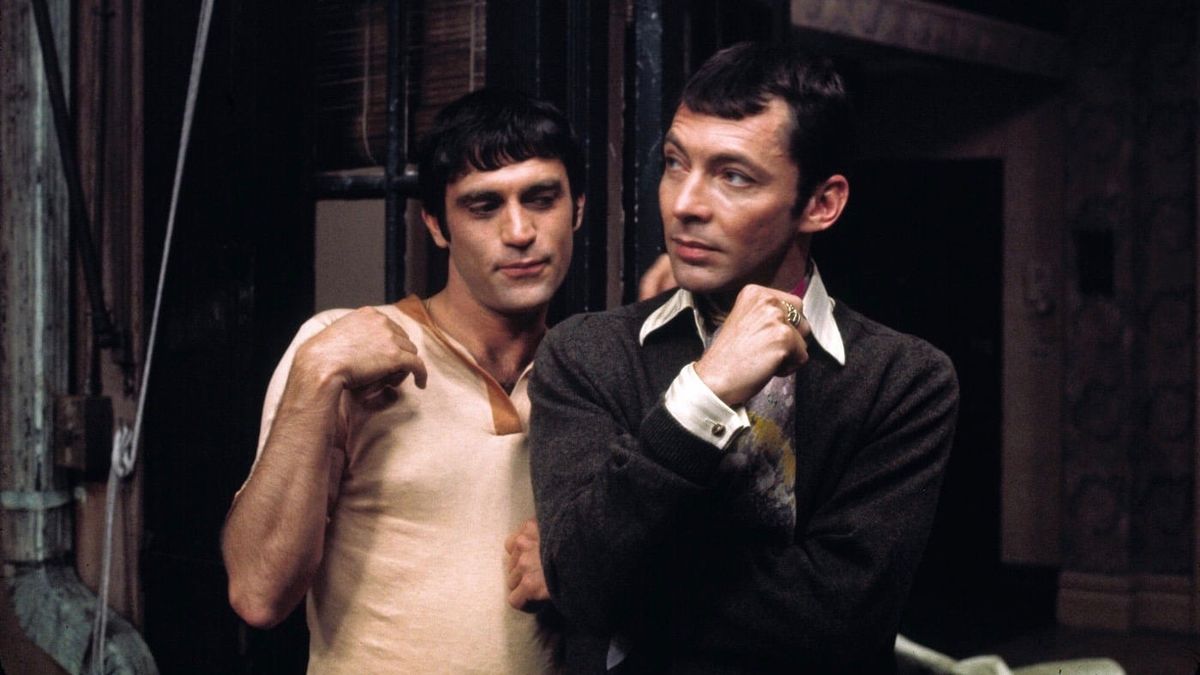
Set in 1968 Manhattan, this drama film by William Friedkin and based on Mart Crowley’s Off-Broadway play of the same name is the first Hollywood LGBT movie, often cited as a milestone in the history of queer cinema. The plot revolves around an all-gay birthday party organized by Michael (Kenneth Nelson) for his friend Harold (Leonard Frey), upset by the arrival of Michael’s straight college friend Alan (Peter White). On a side note, in 2020, Ryan Murphy produced a new version of the film for Netflix, starring Jim Parsons, Zachary Quinto, and Matt Boomer.
“Trainspotting” (1996)
The Romanticized Consumption of Drugs
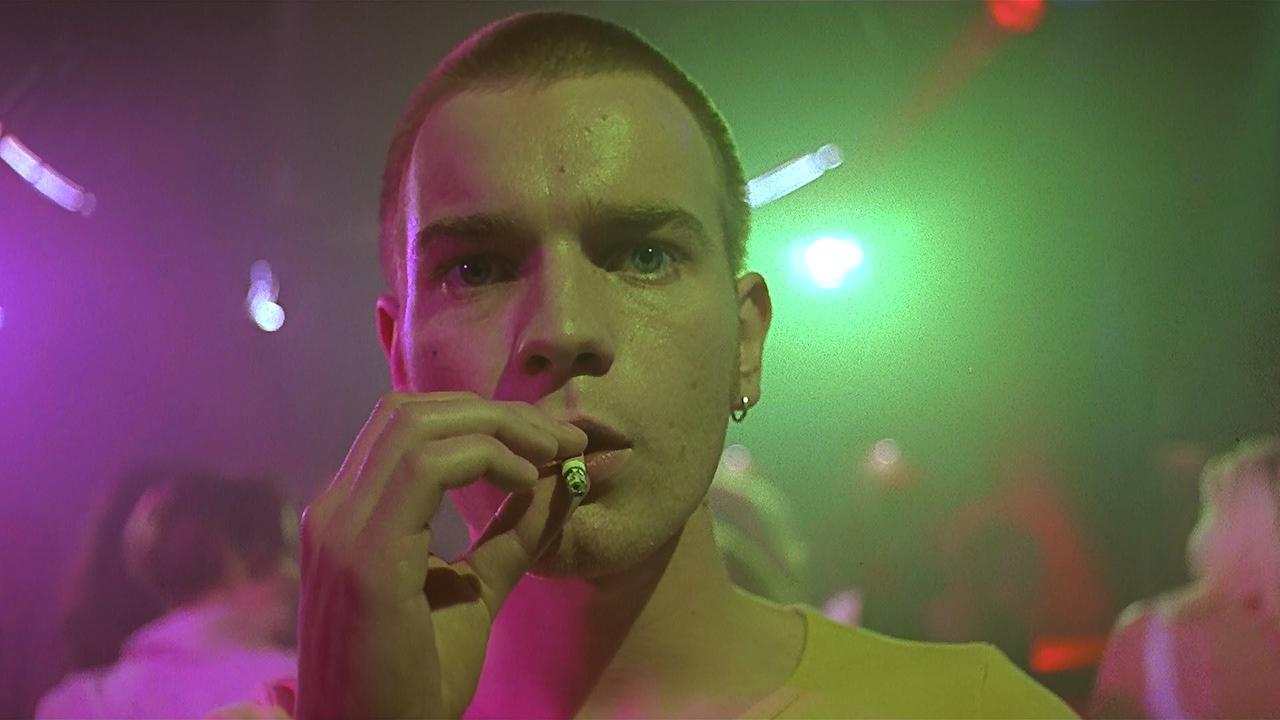
Based on the debut novel of the same name by Irvine Welsh, this provocatory British cult has been for a long time accused of encouraging young people to take heroin and unveiling the “fun” side of drug use. Directed by Danny Boyle, the movie follows the adventures of Mark Renton (Ewan McGregor) and his junkie friends dealing with the life consequences of heroin addiction and trying to fight it, despite how discouraging the boredom of a drug-less life turns out to be. Accused of moral depravity and glorification of drug use, this film was a pioneer in giving an honest and hilarious portrait of drug addiction, depicting it in an unprecedented non-depressing way.

